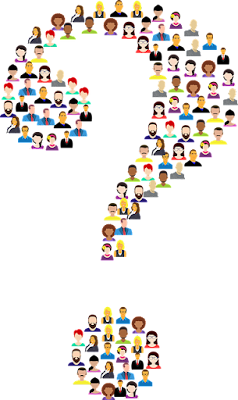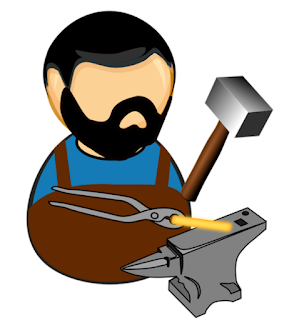What’s YOUR Story?

Ten years ago the SoKingNews (newsletter) theme for the year was What's YOUR Story? That question is still relevant today; let's make it our theme for 2023. Reprinted from SoKingNews, Volume 28, Number 4, January/February 2013 One of the most difficult hurdles to writing a story is putting pen to paper (or fingers to keyboard in the modern genre) and getting that first sentence or paragraph flowing. The creative juices do not always gush; sometimes they barely drip! In a recent radio interview of a creative writing teacher, it was suggested that, for an exercise, to take a common object and write a paragraph about it. The steps she outlined were very simple: · Select your object · Think of all the ways you have encountered that object · Select one occurrence and answer these questions Where are you? Who is with you? What is happening? What are you feeling? In the interview she offered “the kitchen table” as the common object. Following the st...






